#biologists
Photo

A lot of these are actually non-venomous, but I can see which species you mistook them for. If you pause the crane for a sec I can give you some ID pointers for next time!
Presents for Biologsts [Explained]
1K notes
·
View notes
Text

#biologists#trees#life#spiritual#spirituality#inspirational#inspiration#ancient#roots#water#natural life#tree
523 notes
·
View notes
Photo

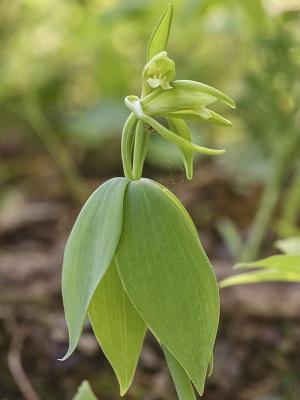

A Rare Orchid Thought Extinct Rediscovered in Vermont after 120 Years
The small whorled pogonia, a federally threatened species of orchid, has been rediscovered in Vermont – 120 years after the plant was last spotted in the state.
The plant was last documented in Vermont in 1902, Aaron Marcus, an assistant botanist at Vermont Fish and Wildlife Department, said. Naturalists had searched extensively for the small whorled pogonia in Vermont but come up empty-handed.
The small whorled pogonia is “one of the rarest orchid species east of the Mississippi,” said Marcus. The rarity of the species may have to do with its dependence on fungi in the environment, a relationship that is still little understood by scientists.
“One thing that’s really cool about our orchid species is that most of them are really, really dependent on fungal species, species we can’t see underground, connected to our root system, which makes it so hard for us to understand orchids and what they need,” Marcus said.
The last known documentation of a small whorled pogonia in Vermont was a photograph of a plant that had been dug up and placed in a flower pot, Marcus said.
The discovery of an outcropping of the plant in Vermont is “a really great and exciting bright light,” said Marcus. The population is “perhaps the most northerly population in the whole range of small whorled pogonia,” which are found in southern Maine south to Georgia and west to southern Ontario, Michigan, and Tennessee.
The orchids are threatened by climate change, habitat loss, and collection or trampling by humans.
Marcus explained that the population of small whorled pogonias in Vermont was discovered by a retired greenhouse manager who posted pictures of the orchid to iNaturalist, an online platform for amateur naturalists to identify plants and animals around them. Then Marcus and Vermont Fish and Wildlife Department Botanist Bob Popp visited the site and confirmed it was indeed a small whorled pogonia on May 25. The department made the discovery public in a news release published on June 8th.
“It was very exciting” to discover the orchid, said Marcus.
The “most important thing is to protect the plants where they are,” Marcus added. “That’s really our first priority, for them to be able to thrive in place.” The plants are located on publicly protected lands in Winooski Valley Park District, and the department is keeping their exact location a secret to ward off would-be collectors.
For Marcus, the discovery is an “incredible and humbling” reminder of how much scientists have left to learn about the natural world. “There’s more to find out there,” Marcus said. “There’s so much right in our backyards that we just don’t know, or that we once knew and we need to relearn.”
Botanist Bob Popp shared Marcus’ excitement at the “amazing find.”
“Things like that don’t happen that often,” Popp said. “I’ve been in my position for 32 years, and more often than not I’m documenting the decline of species,” he said. “Things going the other direction – it’s just phenomenal.”
Going forward, Popp said his team members hope to monitor the population. They found evidence of damage from slugs on some of the plants, and the orchids may also face threats from browsing by animals like deer.
Popp also emphasized the importance of naturalists “reporting what they see” in the outdoors. “There’s no substitute for eyes and ears in the woods,” he said.
By Zoe Sottile.
#A Rare Orchid Thought Extinct Rediscovered in Vermont after 120 Years#whorled pogonia#orchard#rare orchard#rare flower#biologists#naturalists#nature#interesting#interesting news#new england
31 notes
·
View notes
Photo
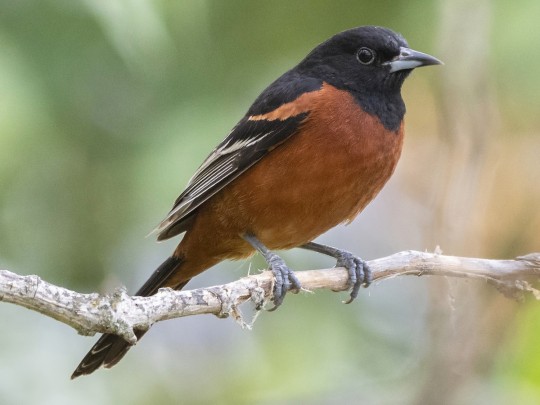



Hispanic Heritage Month: Louis Agassiz Fuertes
In a departure from our usual uncharismatic animals, and to mark the end of Hispanic Heritage Month in the US, I’d like to discuss a man easily comparable to Audubon: Louis Agassiz Fuertes.
Fuertes was born in New York to Puerto Rican parents in 1874. His father was an astronomer and civil engineer, and recognised his son’s talent and passion for birds at an early age; this revelation might have been aided by an incident involving young Fuertes tying a live owl to the kitchen table. Fuertes became an Associate Member of the American Ornithologists Union at age 17, and was mentored at Cornell University by Elliott Coues, the nation's leading ornithologist.
After graduating, Fuertes went on expeditions to document new species. These expeditions were led by a number of famous explorers, including artist Abbott H. Thayer, financier E. H. Harriman, and zoologist C. Hart Merriam. As he established himself as an ornithologist and illustrator in his own right, Fuertes continued to travel the world, covering much of North America and venturing to other countries like the Bahamas, Jamaica, Canada, Mexico, Colombia, and Ethiopia in pursuit of new species.
Between these travels Fuertes collaborated with the curator of American Museum of Natural History, Frank Chapman, to create field guides, dioramas, and book illustrations. Fuertes also discovered a species of oriole, known now as Fuertes's oriole or the orchard oriole (Icterus fuertesi). Beginning in 1923 Fuertes regularly lectured on ornithology at his alma mater, Cornell. He completed his last expidition in 1926-27, when he accompanied W. H. Osgood on the Chicago Field Museum’s trip to Ethiopia and produced some of his most famous works. Shortly after his return, Fuertes was killed in a train accident. He was 53 years old.
Fuertes’s legacy continues on in two species of bird: the Orchard Oriole and Fuertes's parrot (Hapalopsittaca fuertesi), which was rediscovered in 2002 after being thought to be extinct. To honor his adventurous spirit, the Boy Scouts of America made Fuertes an Honorary Scout after his death in 1927. The Wilson Ornithological Society established the Louis Agassiz Fuertes Award in 1947, and he has been credited with influencing other later wildlife artists.
If you like what I do, consider leaving a tip or buying me a ko-fi!
38 notes
·
View notes
Note
Research game ask;
Hi, I’m having trouble finding the average volume of human limbs and organs. I specifically need to know the space an arm, leg, eyeball, and spine takes up to properly calculate the weight of some cybernetics. I’ve gone to excessive lengths to find an answer to this, but have stopped due to a lot of the sites being utterly useless or really sketchy.
Calling for Biologists/Anatomists!!
We have questions we need answered!! Please reply or reblog this if you know the answer (and where we can verify it!)
Everyone else, let's get this around until we find someone who knows things! If you have any connections who might, feel free to send it to them.
(Read the rules of the research game here)
#biologists#biology#anatomists#science side of tumblr#science#scientist#writer problems#questions#research#the research game#writing#writers#writing tips#writing advice#creative writing#writing community#books#film#filmmaking#screenwriting#novel writing#fanfiction#writeblr
7 notes
·
View notes
Text
Frankenstein continues his efforts to persuade biologists to accept parental responsibility, this time in a British cartoon from the Guardian, which accompanied an article on regulations for genetic manipulation.

"Frankenstein's Footsteps: Science, Genetics and Popular Culture" - Jon Turney
#book quotes#frankenstein's footsteps#jon turney#nonfiction#frankenstein's monster#persuasion#biologists#parental responsibility#guardian#political cartoon#regulations#genetic manipulation
2 notes
·
View notes
Text
Academia romance is like falling in love with a new subject as well as a person. It's starts by them telling you about it, then you read a few papers, maybe a book, then you're forwarding them new articles and sending photos from museums and buying every trinket to do with their subject for them. And before you know it, you're almost as interested as you are in your own area if study.
3 notes
·
View notes
Text
Biologists of Tumblr

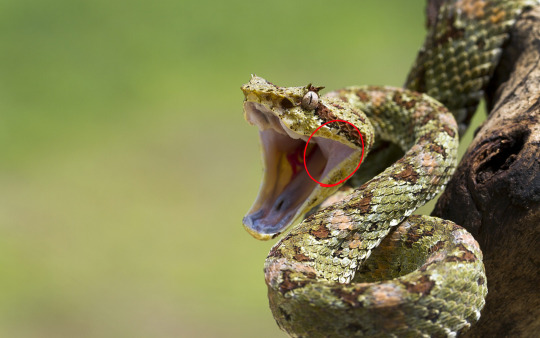

What are these weird mouth things called?
Are they just reptile cheeks??
Asking for art/writing purposes. Kinda hard to search up better reference photos when I have no idea what the accurate name is.
30 notes
·
View notes
Text

Today's animal fact of the day is that seals can live up to 35 years.
#lmao#harp seals#animals#animal facts#zoology#biology#biologists#zoologist#scientists#researchers#life sciences#animalblr#scienceblr
10 notes
·
View notes
Photo
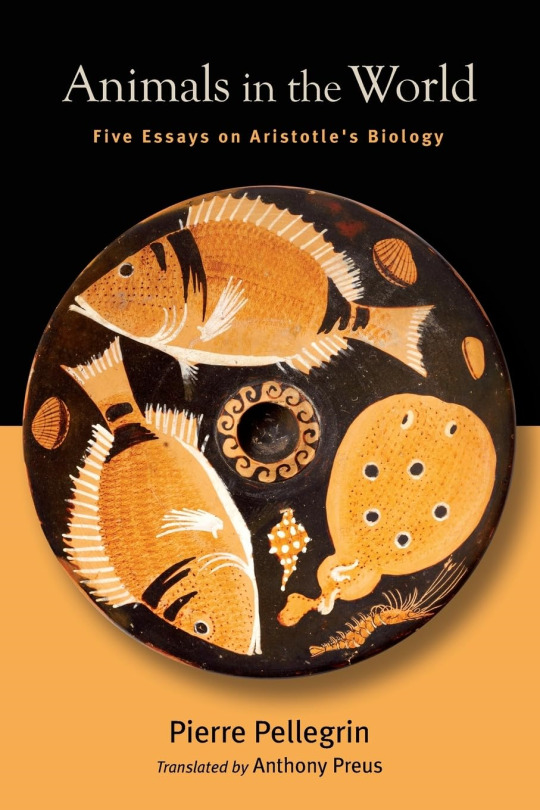
(via Animals in the World - A Study of Aristotelian Biology by Pierre Pellegrin)
"While all his previous classic Greek biologists were either purely mechanists or formalists, he understood the true diversity of the animal world and formulated his theories with a more realistic outlook..."
(Read more on Booksperience site)
#books#reading#non-fiction#animals#biology#history#aristotelian biology#aristotle#animals in the world#pierre pellegrin#anthony preus#translation#biologists#galileo#the church#darwin#cuvier#genetics#evolution#darwinian evolution#essays#scientific study#scientific#hypothesis#the greek
1 note
·
View note
Text
Being friends IRL with people who are in biology fields means that if I write about something that takes place in a real world location and I mention any real plant or animal, I'd better check if that animal is native to that area or have a plausible reason for it being there or else a biologist will find me and let me fucking have it in the comments.
10 notes
·
View notes
Text
Can a real life person whose name I don't even know be a blorbo?

5 notes
·
View notes
Text
Seal the Deal
Chapter 1 (current) || Chapter 2





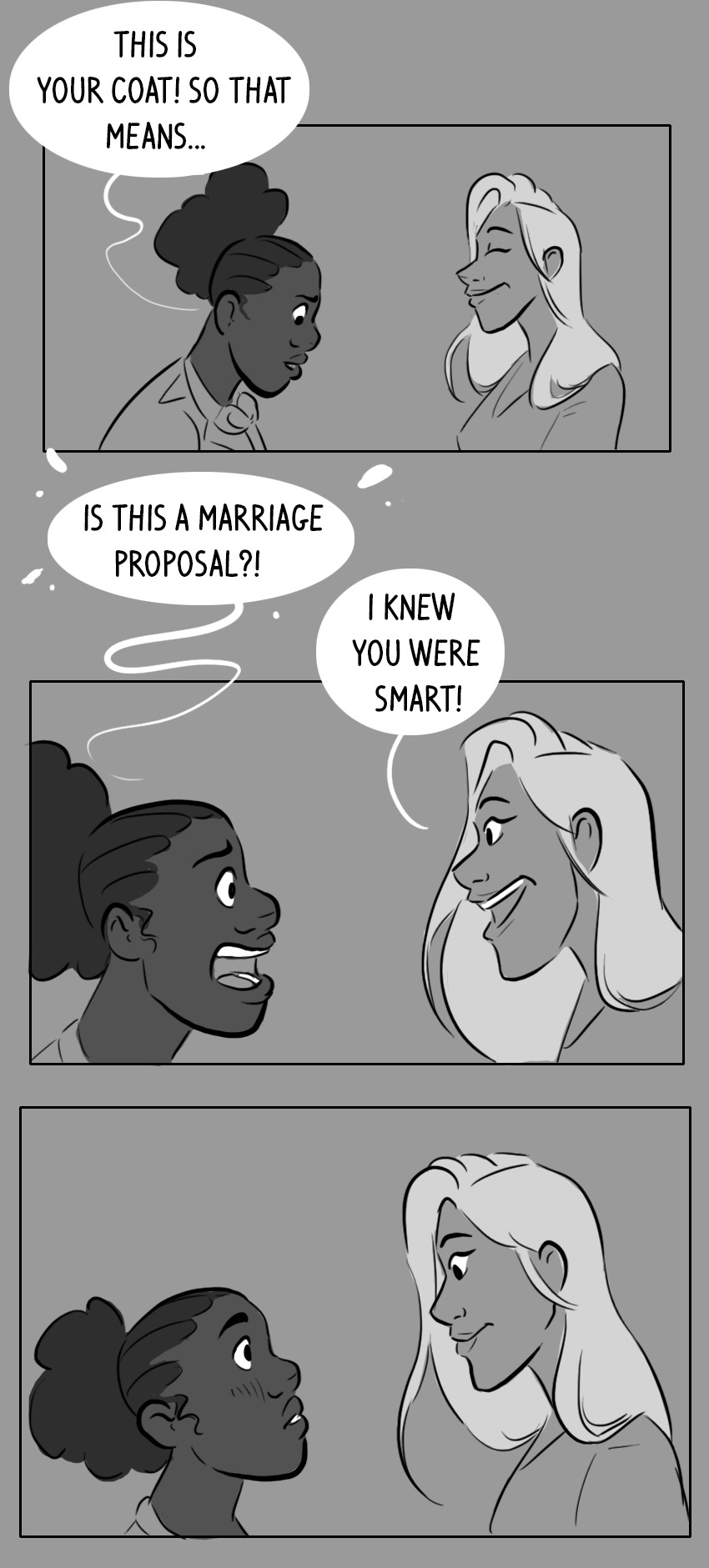



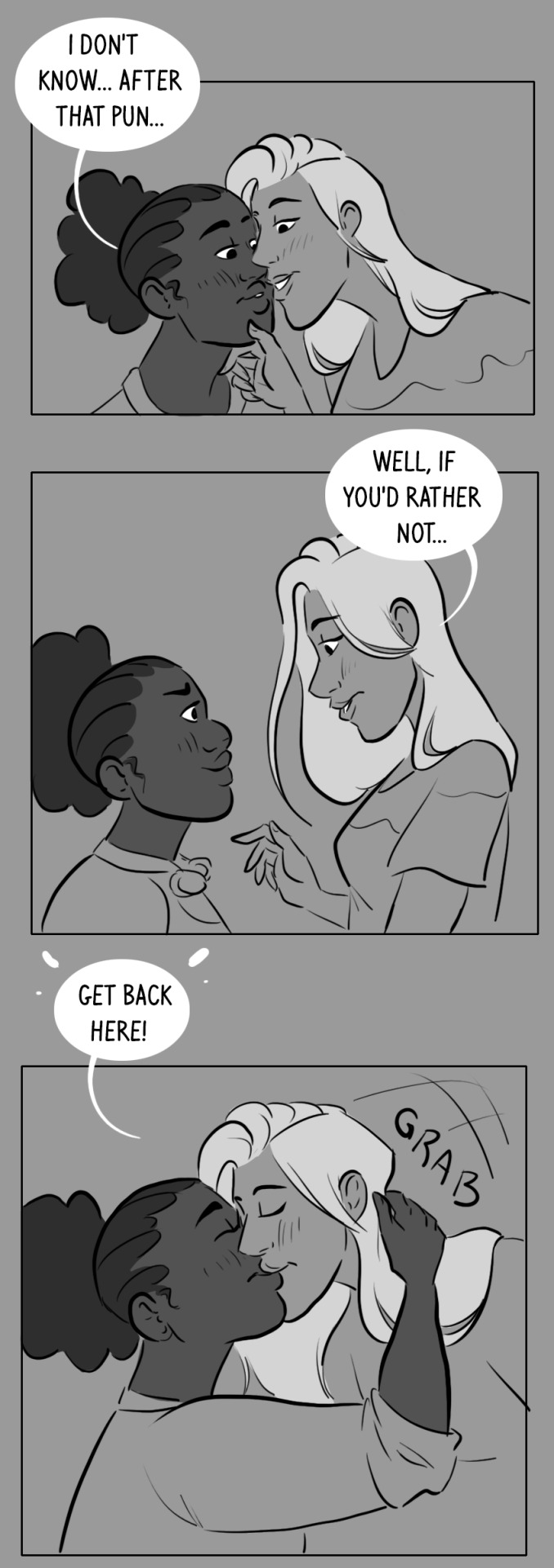
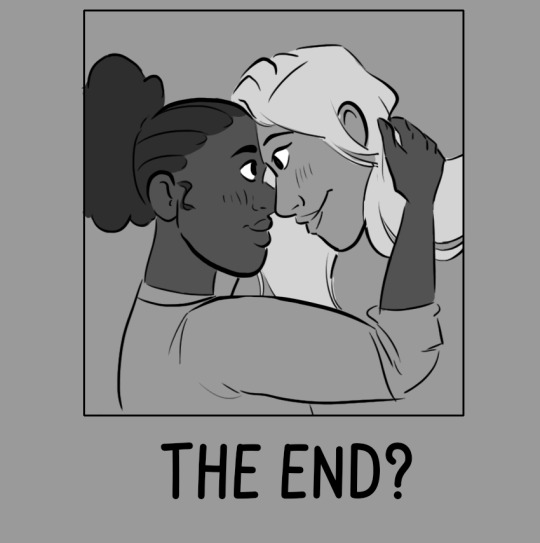

Chapter 1 (current) || Chapter 2
Here's my latest comic, Seal the Deal! Based on this post.
If Kleo and Aisling sparked joy I could be convinced to make more parts if they get enough love, I have a lot of little adventures as they navigate being suddenly married bopping around in my head.
Tips welcome on my Kofi!
Here's more comics!
#art#artists on tumblr#comic#webcomic#sequential art#wlw#sapphic#selkie#fantasy#urban fantasy#lgbtq#seal the deal#do you love the color of the comic#there are many benefits to being a marine biologist#ffs comic
11K notes
·
View notes
Text


#peak twitter community note lol#twitter#memes#community notes#sea urchin#marine life#tweets#humour#humor#animals#there are many benefits to being a marine biologist
9K notes
·
View notes
Text
Against and For Evolution
WHY STATISTICAL MECHANICS NEGATES EVOLUTION
Found on Facebook by Mark Champneys
There are 3 billion base pairs in human DNA sequences. This is an arranged molecule of staggering size. The information content of DNA is rooted in the extreme improbability of those relatively few arrangements that code for life, in stark contrast to the vast number of possible sequence arrangements that are…
View On WordPress
#3 billion base pairs#Biologists#Charles Darwin#Eukaryotes#Evolution#favoured races#macroscopic evolution#Planck size#prokaryotes.#Quantum#quantuum mechanics of evolution#Richard Dawkins
0 notes
Text
Biologists are the only people who can calmly drink coffee while looking at animal's or human's entrails.
1 note
·
View note